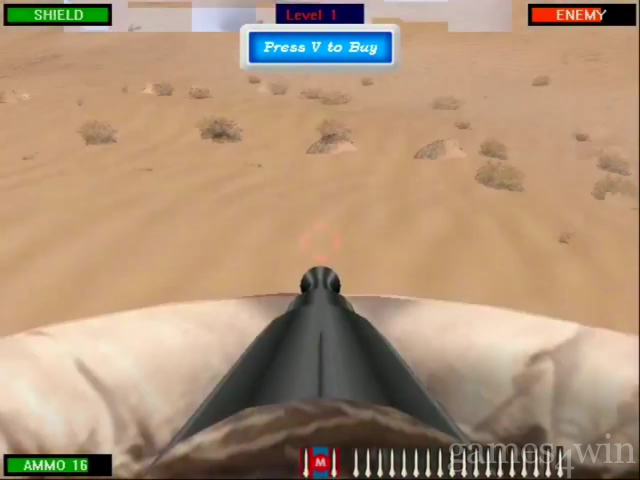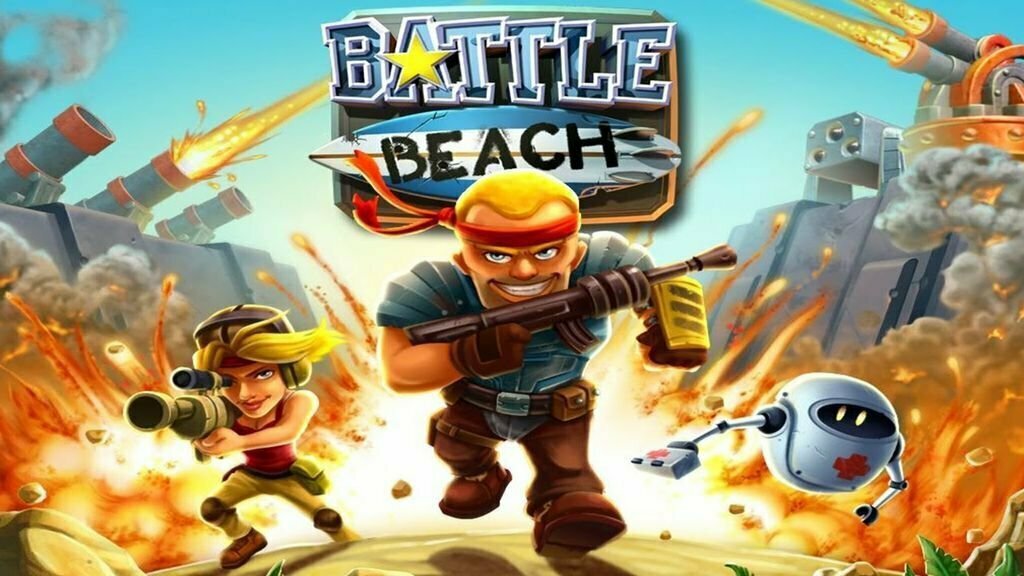


Asymmetric warfare is a conflict between belligerents of drastically different levels of military capability or size.Soldiers of the Australian 4th Division equipped for chemical warfare in WWI, Ypres sector, 1917 William Rubinstein wrote "Pre-literate societies, even those organised in a relatively advanced way, were renowned for their studied cruelty.'archaeology yields evidence of prehistoric massacres more severe than any recounted in ethnography. Scarcity of resources meant defensive works were not a cost-effective way to protect the society against enemy raids. Keeley explains that early war raids were not well organized, as the participants did not have any formal training.

All of these forms of warfare were used by primitive societies, a finding supported by other researchers. Keeley describes several styles of primitive combat such as small raids, large raids, and massacres. Keeley, a professor at the University of Illinois, says approximately 90–95% of known societies throughout history engaged in at least occasional warfare, and many fought constantly. For comparison, an estimated 1,680,000,000 people died from infectious diseases in the 20th century. Added to the aforementioned figure of 1,240 million between 3500 BC and the late 20th century, this would mean a total of 1,640,000,000 people killed by war (including deaths from famine and disease caused by war) throughout the history and pre-history of mankind. Primitive warfare is estimated to have accounted for 15.1% of deaths and claimed 400 million victims. Henderson, "One source claims that 14,500 wars have taken place between 3500 BC and the late 20th century, costing 3.5 billion lives, leaving only 300 years of peace (Beer 1981: 20)." An unfavorable review of this estimate mentions the following regarding one of the proponents of this estimate: "In addition, perhaps feeling that the war casualties figure was improbably high, he changed 'approximately 3,640,000,000 human beings have been killed by war or the diseases produced by war' to 'approximately 1,240,000,000 human beings.&c.'" The lower figure is more plausible, but could still be on the high side considering that the 100 deadliest acts of mass violence between 480 BC and 2002 AD (wars and other man-made disasters with at least 300,000 and up to 66 million victims) claimed about 455 million human lives in total. The advent of gunpowder and the acceleration of technological advances led to modern warfare. Since the rise of the state some 5,000 years ago, military activity has occurred over much of the globe. About forty-five percent of the skeletons there displayed signs of violent death. The earliest evidence of prehistoric warfare is a Mesolithic cemetery in Jebel Sahaba, which has been determined to be approximately 14,000 years old. The Egyptian siege of Dapur in the 13th century BC, from Ramesseum, Thebes.


 0 kommentar(er)
0 kommentar(er)
